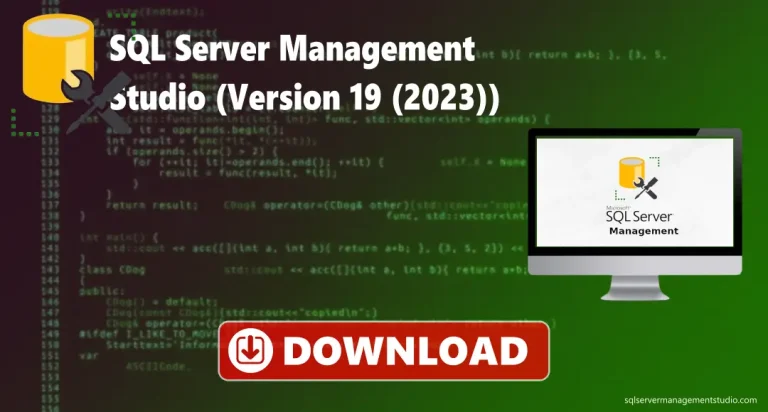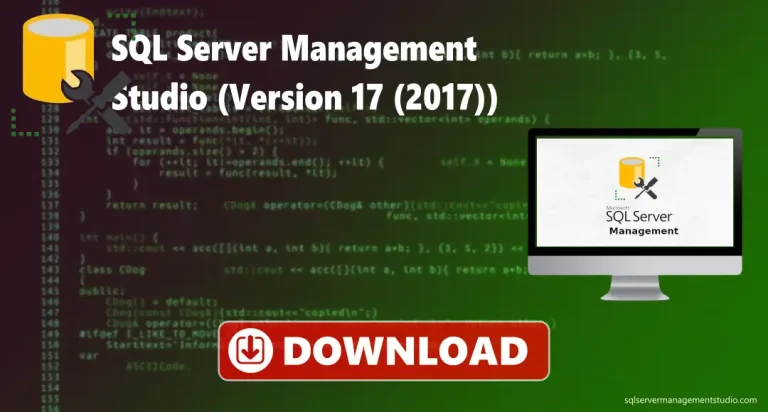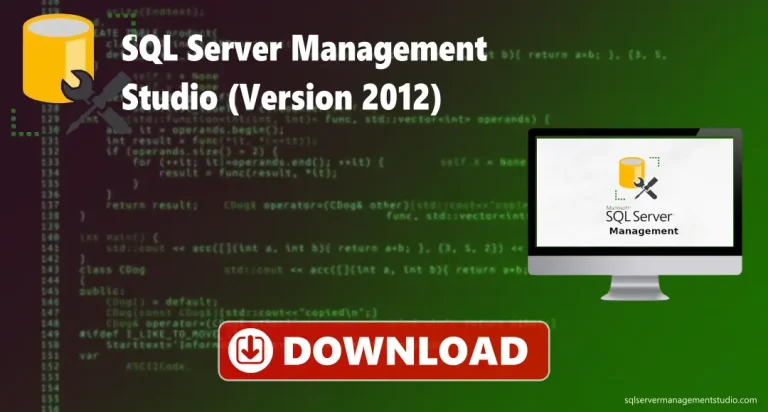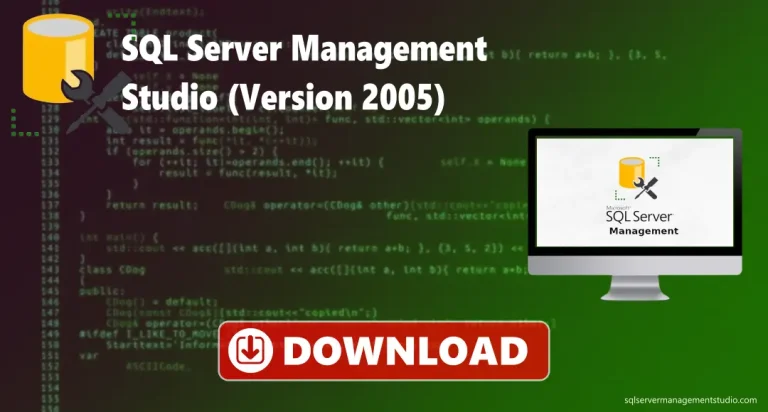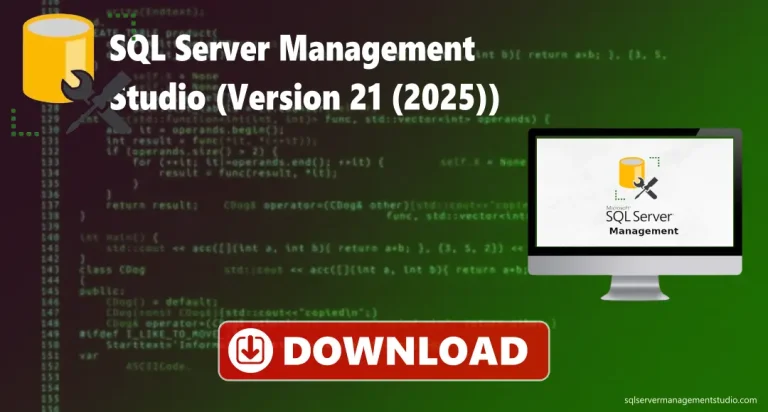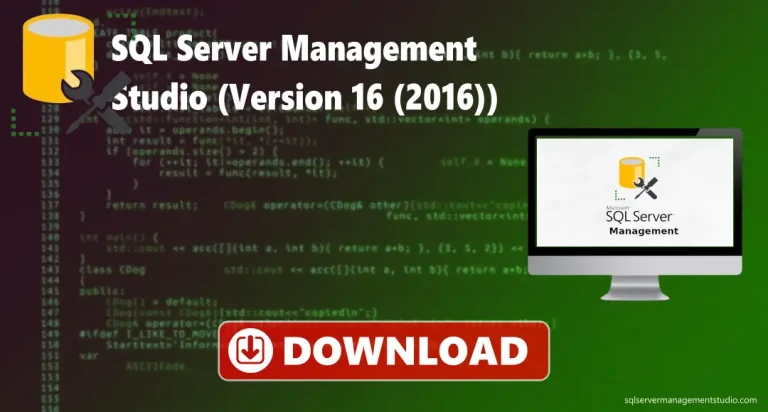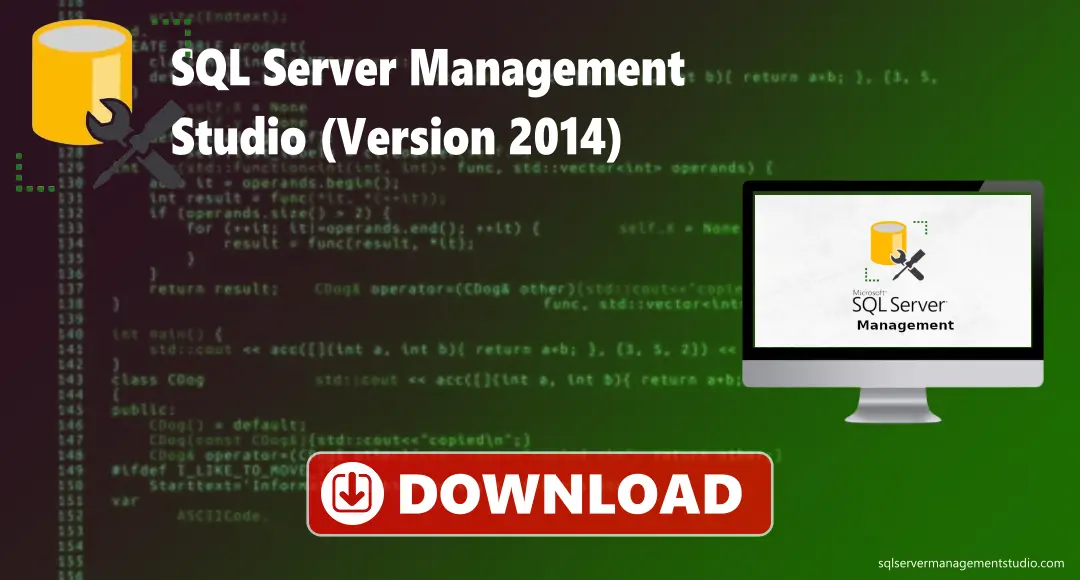
SQL Server Management Studio 2014 has a clear and easy-to-use layout where you can write, edit, and run SQL queries. This version has features like colour-coded text and suggestions that make working with code easier and reduce mistakes. It includes Object Explorer to view and manage database objects, and Activity Monitor to check what’s happening on the server in real time. You can also use Server Agent to schedule tasks automatically. It supports cloud services like Azure and lets you connect securely and safely. It has better performance and stronger security than older versions.
Key Features
How to use SQL Server Management Studio 2014?
This version has a very easy and clear design. After you set it up, you can connect to your Server and start working with your databases. The tools help you write commands, organise your data, and keep an eye on how your server is working. Here are the steps to use it:-
- Go to our website and download the installer file
- Open it on your computer
- Choose Database Engine for the server type
- Type the name of the server you want to connect to
- Use your Windows account or SQL Server login
- Click Connect to join the server
- Click New Query to open a place where you can write commands
- Write your SQL code in the white space
- Click Execute to run your commands
- See the results or messages below where you wrote your code
- Open Activity Monitor to check how your server is working
Download and Install SQL Server Management Studio 2014
| File Name | SSMS.zip |
| File extension | file |
| Size | 16 mb |
| Supported device | Win |
| Downloads | 65452 |
| Last Updated | 7 Days ago |
- Visit our website and find the download page for this version
- Click the download button provided on our website
- Once the download completes, double-click the installer file to run it.
- In the installer window, click Installation on the left menu
- Follow the onscreen instructions
- Allow the permission it asks for
- After installation finishes, open it from your Start Menu.
- Log in with your server details and start using it
Troubleshoots
- Access denied errors: Check your user permissions or contact your database administrator for access rights.
- Trouble connecting to Azure: Verify internet and firewall settings, and confirm your Azure logins are correct.
- Backup or restore fails: Confirm there is enough storage space and correct permissions. Also, check the backup file path.
- IntelliSense not updating: Try refreshing the IntelliSense cache or restarting SSMS and reconnecting to the server.
- Installation crashes: Ensure enough free disk space, disable antivirus, and re-download the installer.
- Object Explorer won’t display objects: Restart SSMS or refresh Object Explorer. Verify network connection if connecting remotely.
- Unable to create database or table: Make sure you have the proper permissions and the server has sufficient space.
